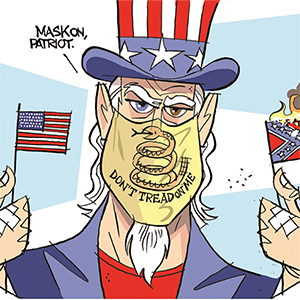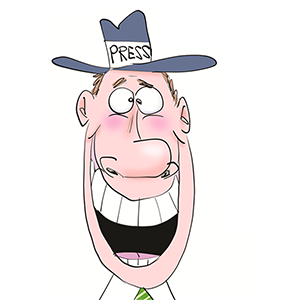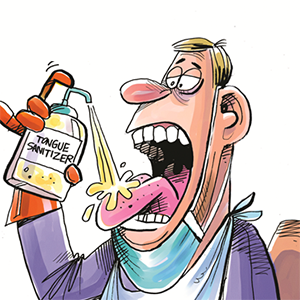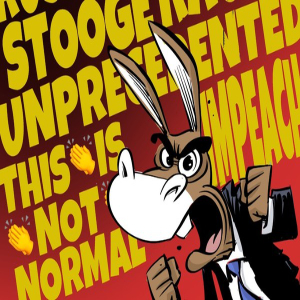Commentary: Red-flag laws can prevent mass shootings
Published in Op Eds
On Dec. 16, in Madison, Wisconsin, 15-year-old Natalie Rupnow shot and killed two other people before taking her own life. Authorities quickly discovered that she had allegedly plotted the attack with Alexander Paffendorf, a 20-year-old California man who admitted to having his own plan to arm himself with a gun and explosives and target a government building.
What happened next illustrates how state laws can help — or hinder — efforts to prevent mass shootings.
Police, invoking California’s red-flag law, were able to immediately issue an emergency protective order requiring Paffendorf to surrender any firearms in his possession, potentially avoiding additional tragedy.
Red-flag laws are civil, not criminal, processes that authorize emergency orders to temporarily restrict a person’s access to firearms if there is significant concern that the person is a danger to themselves or others. While these laws vary, 21 states have some version in effect. Wisconsin, where the shooting took place, does not.
Without a red-flag law, in many jurisdictions, police generally can’t separate someone from their guns until after a crime has been committed. While Paffendorf would have been arrested in any state once it was discovered that he was plotting an attack, if he lived in Wisconsin rather than California, the authorities would have had to build a criminal case against him before initially restricting his access to firearms. This could have taken more time, perhaps a few days, and there’s no telling how he might have used it.
In my work as an emergency department doctor, I care for teenagers and adults who are referred for psychiatric evaluations when they threaten to harm others or manifest other expressions of homicidal ideation. But they are not charged with a crime unless they took concrete steps to plan or implement an attack.
Red-flag laws allow law enforcement — and in some jurisdictions, clinicians, family members and other professionals — to petition for a protective civil action when we become aware of threats or concerning patterns of behavior that could pose a danger to others. Without laws like these, there is little we can do to prevent violence from occurring even when we know a person’s mental health is unstable or they have made a credible threat, unless their threat or actions already amount to a crime.
It’s not a crime to have a mental health crisis — nor should it be. But refusing to separate someone from their firearms until they spiral to the point of committing a crime is clearly poor planning. Unfortunately, red-flag laws have been the target of considerable political misinformation and alarmism.
To be clear: Under most red-flag laws, separation of a person at risk from their firearms is typically temporary; it requires due process of law and a hearing, and the restriction can be lifted once it becomes clear that a risk is no longer present or was not present in the first place. In most states, the gun owner retains control of the disposition of their firearms; guns typically can be stored with a licensed firearms dealer or the local police. In some states, they can even be sold for the gunowner’s profit or stored with a friend.
Due to the federal Dickey Amendment, which blocked most research about gun violence, data on red-flag laws are limited. Still, they do show significant promise in reducing firearm-related suicides. The recent launch of the National Extreme Risk Protection Order Resource Center by the Department of Justice, which will highlight emerging practices to prevent risk, should help us better understand the impact of red-flag laws and develop best practices around them to ensure they precisely target people at high risk of violence while remaining equitable and just.
As Madison, Wisconsin, processes yet another needless shooting, we should take stock of lessons learned. Red-flag laws are an emerging component of our response to gun violence and can help prevent a personal crisis from devolving into a public tragedy. They deserve the attention and support of anyone who cares about public safety and responsible gun ownership.
____
Dr. Alexis Cordone is a board-certified emergency physician pursuing further training in pediatric emergency medicine at Yale-New Haven Health. She is also a Public Voices Fellow of The OpEd Project. This column was produced for Progressive Perspectives, a project of The Progressive magazine, and distributed by Tribune News Service.
___
©2025 Tribune Content Agency, LLC.




























































Comments